 How Much Data Do I Need? (At Home & While Travelling)
How Much Data Do I Need? (At Home & While Travelling)Choosing the right data plan can feel like guesswork. You don’t want to run out — but you also don’t want to overpay. So… how much do you actually need?
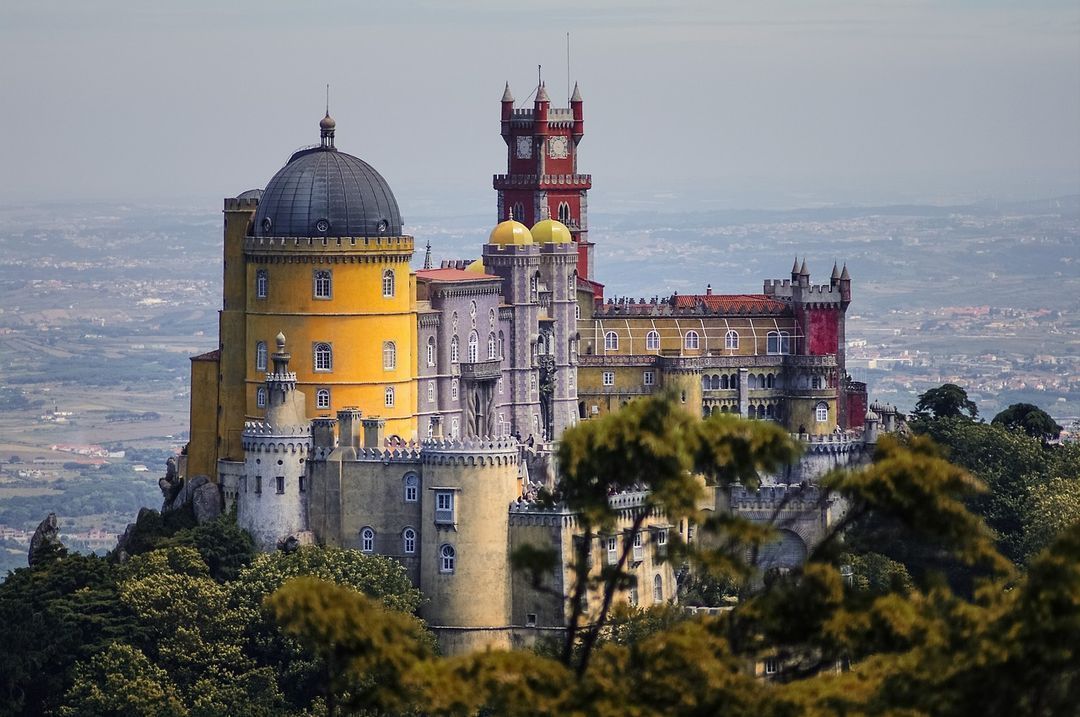
Majestic Sintra is one of the most popular day trips you can take in Portugal – and well worth visiting when you’re in Lisbon. The charming seaside town is a UNESCO world heritage site, complete with pastel-hued villages, castles, palaces and moss-clad forests.
Sintra is just over 15 miles from Lisbon (25 km), making it a very easy day trip. The most popular way to get here is on the Sintra Line train from Rossio, which only takes 40 minutes (departing every 15 to 20 minutes on weekdays and half-hour on weekends). If you have a car or you’re using a ride-hailing app, the drive to Sintra is less than 30 minutes. But keep in mind that only buses, taxis and residents’ cars are allowed in the historic (and narrow!) town centre. Don’t even get us started on parking…
Sintra prides itself on its wealth of castles and palaces. Here are some of the must-visit sites.
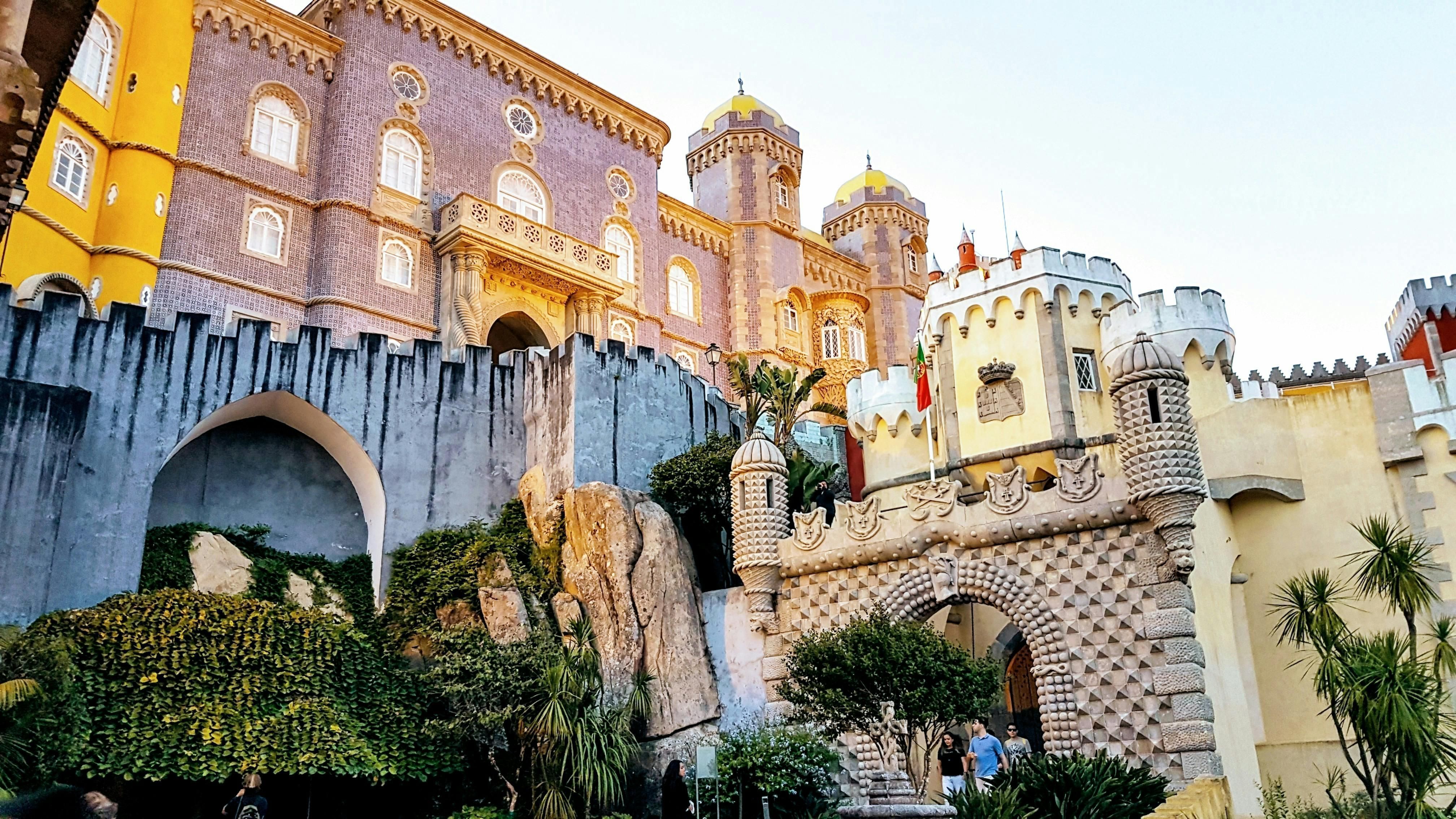
Pena Palace is hands down the jewel in Sintra’s crown; a whimsical hilltop palace, surrounded by a magnificent woodland park. The Romantic revivalist castle in shades of bright yellows and reds was built in the 19th century, combining Moorish, Gothic and Manueline styles; it looks straight out of a storybook. Either brave the inclined pathway to the palace, or grab a dedicated bus to the top to see its glamorous interiors, then grab lunch at the restaurant which has a terrace with panoramic views of the Serra de Sintra and the coast.
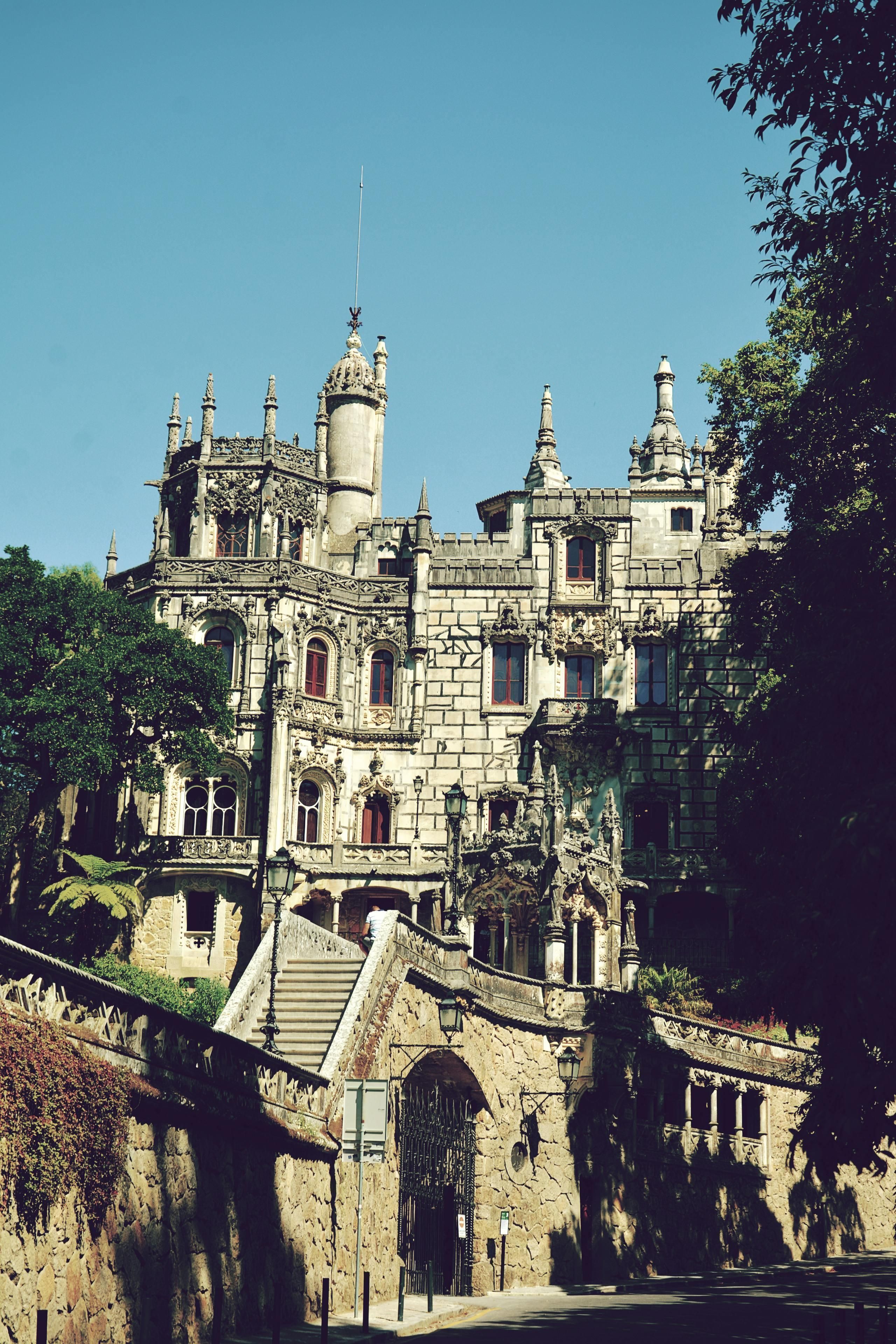
What does a Portuguese palace designed by an Italian opera set-designer look like? Maybe even more out there than you think. Imagined by eccentric, wealthy businessman António Augusto Carvalho Monteiro, earning it the nickname "Palace of the Monteiro Millionaire", the magical palace features grottoes, fountains, tunnels, caves and an aquarium.

It’s what lies beneath the palace’s gardens that draws the biggest crowd; a pair of wells, called the Initiation Wells, spiral down six storeys, like inverted towers. António built it for spiritual reasons – it is said it represents the nine circles of Dante’s inferno.
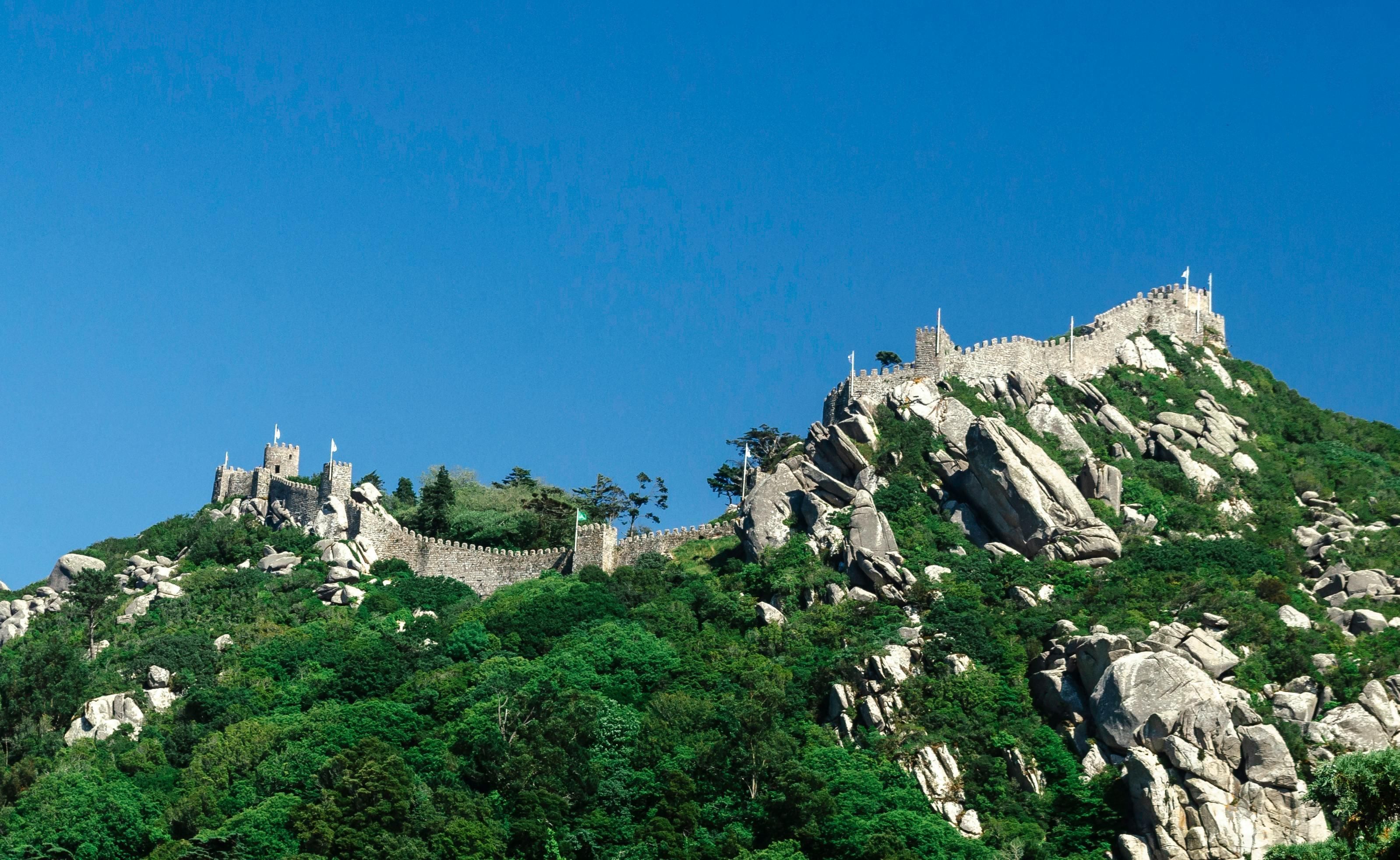
A short walk from opulent Pena Palace, this 8th-century Moorish Castle looms high above Sintra. Here is where you’ll get the best views of the seaside town, its forests and Pena Palace, as you walk across the castle’s cobbled paths which follow the contours of the mountains.
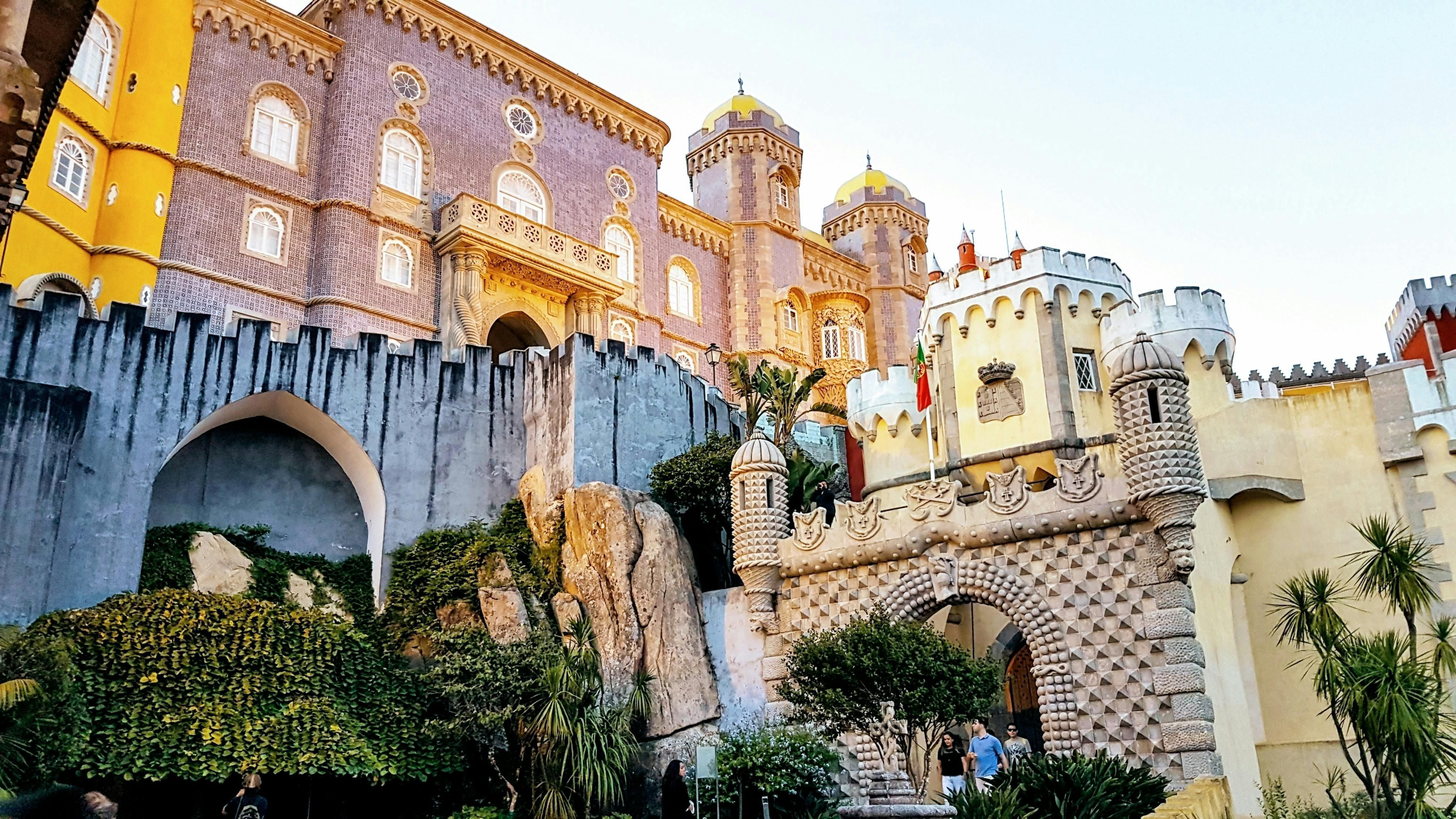
For a quieter palace experience, Monserrate is a magical retreat located a little bit further away from the main Sintra cluster. This hidden gem is renowned for its whimsical moorish revival architecture and tropical gardens, with exotic plants and waterfalls. The palace was designed by Sir Francis Cook, the British textile magnate, who used the place as his family’s summer residence – it was later rented by eccentric English novelist William Beckford.
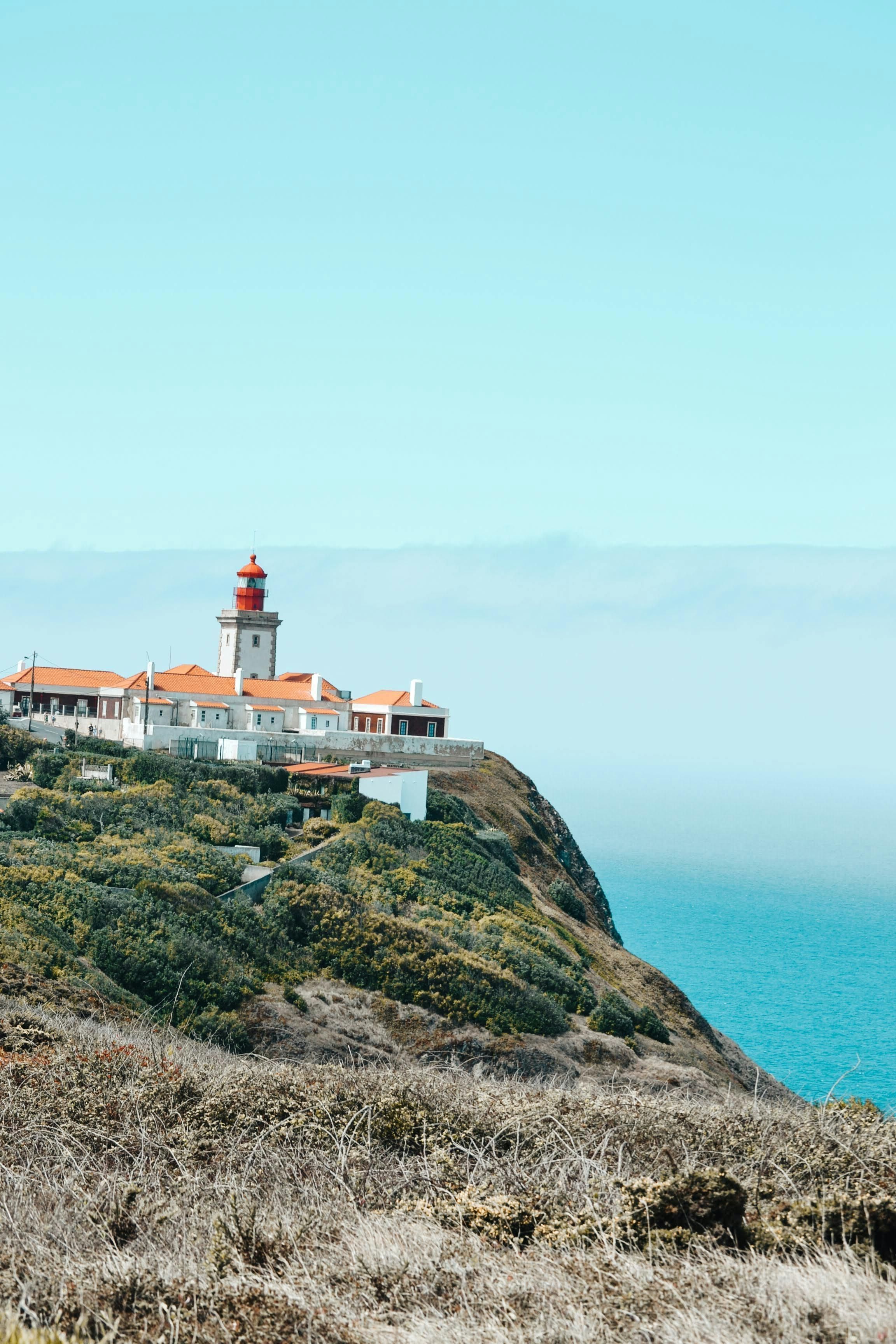
The perfect finale to any Sintra trip is a visit to Cabo da Roca, a breathtaking and rugged cape set at the edge of Sintra-Cascais Natural Park, which happens to be the westernmost point of mainland Europe. Cape Roca’s cliffs rise dramatically from the Atlantic Ocean and the Cape Roca Lighthouse (which is still working) has been standing proudly since 1772. Come here to hike or simply take in one of Portugal’s most dramatic sunsets.
After a long day of palace hopping, why not stay in a palace of your own? Valverde Sintra Palácio de Seteais is an elegant, 18th-century neoclassical palace, which was once the summer retreat of Portuguese royalty. The 30-bedroom stay is within walking distance of Monserrate. For those wanting to luxuriate in modern comforts, there’s the palazzo-style estate of Penha Longa Resort, which has swimming pools, golf courses and a whopping seven restaurants – including two with Michelin stars. There are plenty of budget-friendly picks too, like Lawrences Hotel, an ideal five-minute walk from Sintra’s train station.
Sintra has a few foodie strings to its bow. Start your day with a travesseiro, one of Sintra’s greatest delicacies – a puff pastry made with egg yolks, almonds and sugar – which can be found at most bakeries, including the famous Casa Piriquita. While you’re there, grab yourself some queijadas, too – Sintra’s version of Portugal’s famous pastel de nata, made with fresh cheese instead of egg yolks. Pair these indulgent bakes with galão coffee, Portugal’s milkier version of a latte.
Steep hills and narrow, winding roads mean navigating Sintra can be a little challenging by car, but a short incline by foot can be quite pleasant. The 434 bus route is one of the easiest and most affordable ways to get around the historical hot spots. Electric Tuk-Tuks are another popular way to get around – find them waiting by the train station. Prefer cycling? Fat tire e-bikes can also be rented for full or half days, as a fun, easy way to get around. Uber works in Sintra, but expect busy wait times during peak seasons.
Return to Lisbon as you left it. For most visitors, that’s getting the regular train back from Sintra’s main station.

 How Much Data Do I Need? (At Home & While Travelling)
How Much Data Do I Need? (At Home & While Travelling)Choosing the right data plan can feel like guesswork. You don’t want to run out — but you also don’t want to overpay. So… how much do you actually need?
 F1 Destination Guide: The 5 Cheapest Grand Prix Tickets in 2025
F1 Destination Guide: The 5 Cheapest Grand Prix Tickets in 2025Formula 1 doesn’t have to be an expensive bucket list dream.
 Things to Do in Ko Samui: 2025 Travel Guide
Things to Do in Ko Samui: 2025 Travel GuidePlanning a trip to Ko Samui? This guide covers the best things to do on the island, including hidden beaches, day trips, food experiences, wellness escapes, and tips on how to get there, when to go, and what to know before you land.
Destination
Shop
About
Help
Contacts:
© 2025 Sim Local (IRELAND) Ltd. All Rights Reserved.